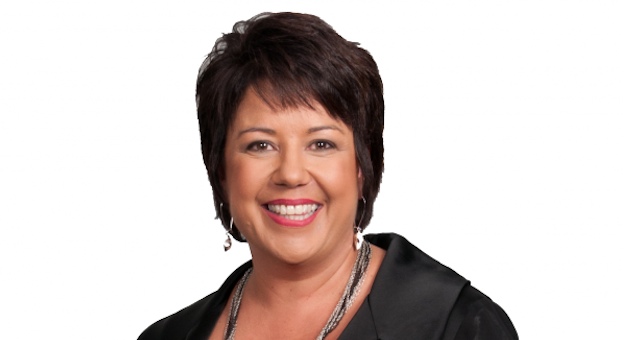
By Emma Gardiner in Auckland
The eighth annual New Zealand Hotel Industry Conference held at The Langham Auckland yesterday (June 4) attracted record numbers of the country’s top executives, including Associate Minister for Tourism Paula Bennett.
The overwhelming sentiment was one of optimism, despite the industry’s challenges following the Christchurch earthquakes, the increasing cost of acquisition, construction and refurbishment, the dip in dairy prices and the slowdown in the Chinese inbound market.
The good news comes from the luxury sector with the US market returning to New Zealand in droves and an upswing in the emerging markets of Brazil, Argentina and Indonesia.
The conference heard from Kevin Bowler, Chief Executive, Tourism New Zealand, and Lesley Immink, Chief Executive, Tourism Export Council New Zealand, among others, about the growth in this sector and the best ways to attract and capitalise on these visitors once they are in the destination.
One surprising strategy was attracting super yachts into Auckland Harbour for maintenance and then working to influence the crew to bring the owners down from Russia.
In terms of investment and development, Chinese finance and insurance companies such as Bright Ruby, Fu Wah International Group, Sunshine Insurance Group and Anbang Insurance Group are the ones to watch, while Host Group out of America looks to offload some assets in the New Zealand market.
Challenges to investors are simply the lack of ‘investment grade stock’ in Auckland, with only eleven hotels with over 200 rooms in the city that are held by inter-generational companies that don’t want to sell.
The conference heard that 1500 rooms will be added to the New Zealand inventory in the next five years despite high land and construction costs. The mid-scale sector is where most of this development will take place due to the fact is cheaper to build and has the highest yield, despite much talk about the growth in the boutique/lifestyle sector.
One critical issue that was discussed at length was staffing; namely, the lack of available, skilled staff. Minister Bennett spoke to the government’s strategy to encourage tourism businesses to employ New Zealanders first and then, as in the case of Queenstown recently when the city had its busiest summer ever, invoke temporary changes to immigration visas to address the staffing shortfall. She also spoke about how tourism operators need to work together to address issues around transport to and from work and suitable staff accommodation in remote and regional areas, as well as guaranteeing set hours.
Bennett said, “We need to think collectively about these issues. While it may not be economical for one operator to run a bus to pick up staff for the early shift, it could work if three or four hotels work together.”
One hot topic was whether to keep the manned reception area of hotels or switch to a computerised check-in system, similar to Air New Zealand’s kiosks at the airport. The crowd were firmly divided, with some arguing for the ‘human touch’ and others arguing for the speed and efficiency of self-managed systems.
As ever, OTAs copped a flogging for increasing their rates, with IHG’s Karin Sheppard saying that they will look at removing certain properties in busy centres from the inventory that is sold via these channels.
The day finished on a high with networking drinks in the exhibition area, followed by a gala dinner where the winners of the annual awards were announced. Sam Swaffield from Crowne Plaza Auckland won the Service IQ Outstanding Young Hotel Executive Award, Paul Columbus from Novotel Auckland Airport won the Reserve group Consulting Hotel Industry Senior Executive of the Year, Langham Auckland won the Greenfield Hotel Industry Environmental Initiative Award and the Hotel Industry Achievement Award went to John Farrell, Area Director Sales and Marketing Accor New Zealand and South Pacific.

